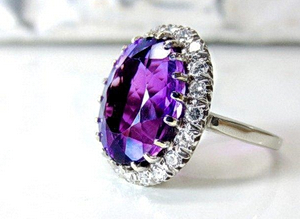
What Does Your Birthstone Say About You?
While a birthstone is a great piece of jewelry that may look nice on your finger, it does so much more. They can be a representation of your personality traits. Each birthstone is one-of-a-kind and symbolizes different meanings. Do you want to know how your birthstone describes you? Find out here!
1. January- Garnet
This deep red gemstone resembles a pomegranate seed. It is one-of-a-kind and comes in many different shades, such as orange, purple, green and pink, but is most famous for its dark red hue.
If you follow the mystifying values of gemstones, the garnet is known to represent confidence and give off positive energy. They are also known to symbolize caring and empathy. And there are more spiritual elements to this gem. It is supposed to provide you with spontaneous personalities and feisty ones at that.
If garnet is your birthstone, you’re likely to take on the challenges that come your way.
2. February- Amethyst

According to early legends, this stone has been long associated with Bacchus, the Roman god of agriculture, wine, and fertility. If you follow mythology, this Roman god is equivalent to the Greek god Dionysus.
This is probably because of its color, which is a deep purple. Amherst itself is known to symbolize peace and tranquility and is a potent gemstone when it comes to religious jewelry; the pope wears an amethyst ring apart from his other jewels.; although, we are sure it’s not because he believes in Bacchus and Dionysus, but maybe it is just because of the gemstone’s beauty.
If amethyst is your birthstone, you are likely to be intelligent, kind, gentle as well as spiritual. You are also probably great at business and are positive and optimistic in nature. Not only are they known to be calm, but have a calming effect on others as well.
For more information on Amethyst, check out our 2018 article.
3. March- Aquamarine
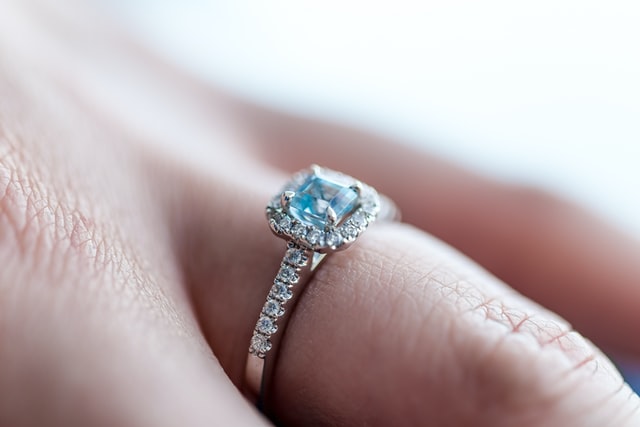
Like the ocean? Then this gem is for you! As you can guess, especially by its name, this gorgeous stone is associated with the sea. Its colors vary from greens to blues, the rarest of which is a dark blue.
In some ancient cultures, people believed that this stone could guard sailors and ensure them a safe voyage.
Those with this birthstone are known to be straightforward, great at communication and inspiring. They are also great at settling disputes in a fair and just manner. We can use them more than ever now!
4. April – Diamond
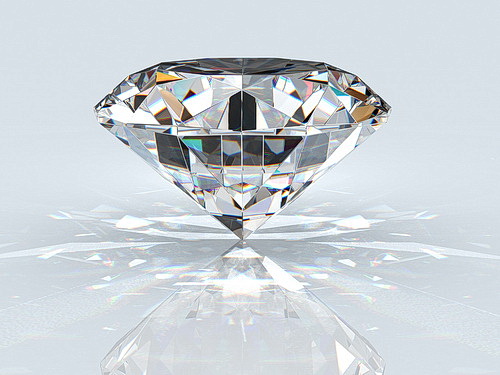
What’s the first thing that comes to your mind when you think of diamonds? Its shine? Cut? Hardness? Diamonds, probably the most famous mineral known are also the most sort after stone in the world.
Well, April borns are known to be strong just like the diamond. In addition, they are courageous, positive and pure-hearted; however, they can also be pretty stubborn, after all, they take after the hardiness of their stone. They are also determined and when they make up their mind to do something, nothing can get in the way. Their strong character, paired with their strict moral code makes them extremely loyal and dependable, so if you have a friend born in April, don’t let them go.
And if you are thinking about getting one for yourself or your loved one, don’t forget about the 4 Cs!
5. May – Emerald
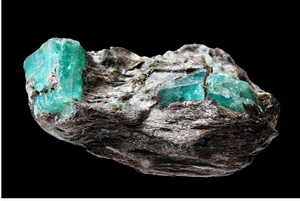 This exotic green gem is luxurious in nature. Those born in May are known to be empaths; they are loving, kind and go out of their way to help others.
This exotic green gem is luxurious in nature. Those born in May are known to be empaths; they are loving, kind and go out of their way to help others.
They give excellent advice and value honest relationships. Many borns are also known to be romantics just as the stone has associations with love and fertility and are also great at matchmaking! Because they are empaths, they can be a little introverted and prefer small gatherings to bigger groups.
6. June – Pearl
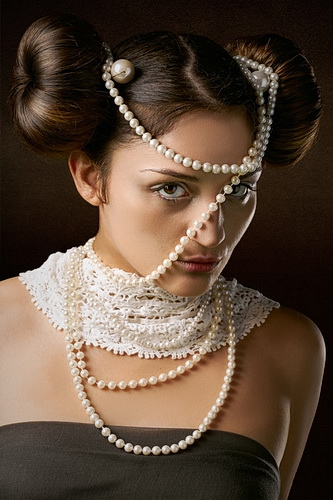
This beautiful gemstone will always be a classic. They come from the water and are radiant. Those born in this month are considered to be fiercely loyal, considerate, patient and thoughtful.
They also love to travel and love getting out of their comfort zone. If you have this birthstone, you are known to make great decisions and should listen to your intuition more often.
7. July – Ruby
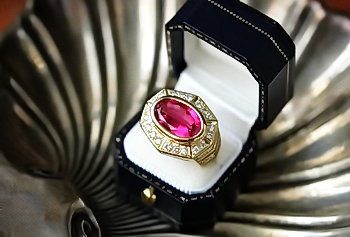 Ruby is considered to be the king of gems, so if you’re born in July you’re pretty lucky. Those with this birthstone are known to have a zest for life, are bold and courageous as well as ambitious. Their confident nature makes them great leaders. They give off energy and can charm anyone around them.
Ruby is considered to be the king of gems, so if you’re born in July you’re pretty lucky. Those with this birthstone are known to have a zest for life, are bold and courageous as well as ambitious. Their confident nature makes them great leaders. They give off energy and can charm anyone around them.
8. August – Peridot
This stone is vibrant in color and radiates positive energy. August borns are known to be extra loving and thoughtful. They give off a warm and welcoming aura that attracts people to them, whether strangers or friends. They are bold and not afraid to be who they are. August borns are extroverts and can get anyone to trust them due to their friendly vibe.
9. September – Sapphire
This precious mineral comes in a variety of colors, but is most famous for its blue color. People with this stone are considered to be calm and slightly introverted, only opening up to people they are close to. It takes them time to build trust with someone, but when they do, it is usually life-long. They are wise and think carefully before they speak.
10. October – Pink Tourmaline
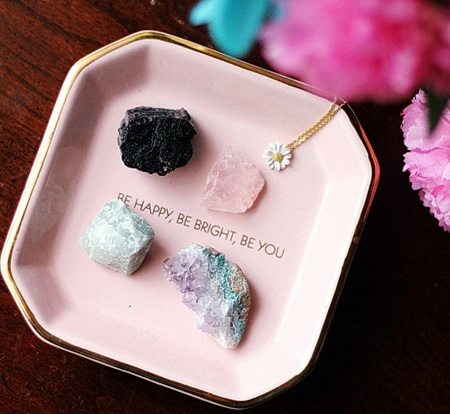 This exotic gem comes in the most delicious hues of pinks. Over the years, it has been known to possess many healing powers. Those who have this birthstone are considered to be lively and passionate. They are also known to have a great intuitive sense. Although they seem calm on the outside, don’t be fooled! These October borns are restless and have an urge to explore the world. Their minds are the opposite of calm and are always thinking about what’s next.
This exotic gem comes in the most delicious hues of pinks. Over the years, it has been known to possess many healing powers. Those who have this birthstone are considered to be lively and passionate. They are also known to have a great intuitive sense. Although they seem calm on the outside, don’t be fooled! These October borns are restless and have an urge to explore the world. Their minds are the opposite of calm and are always thinking about what’s next.
11. November – Topaz
Those with this birthstone are considered to be extremely lucky. They are known to have it all, whether it’s finances, travel, career, etc. This birthstone holder has an important role to play in the lives of the people around them. Not only are they the life of the party but also the glue that holds their family together. They give off positive energy and therefore attract that in return.
12. December – Blue Topaz
This one of a kind stone is known for its breathtaking shades of blues. Those born in this month are considered to be old souls and wise beyond their years. They are famous for being friendly and can get along with practically anyone around them. December borns attract love and are loving and caring themselves. They are creative and make great lovers.





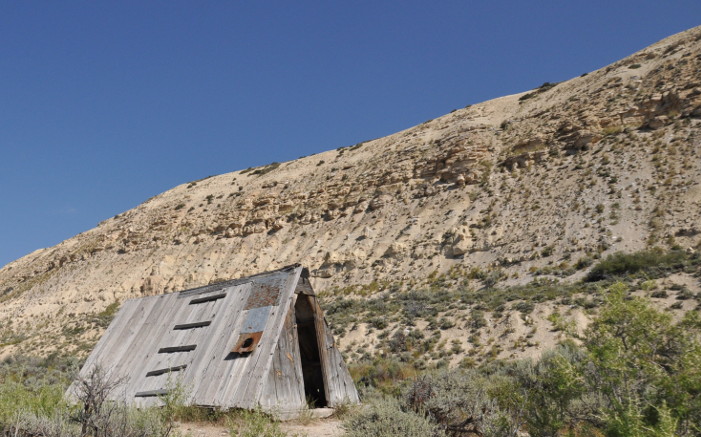


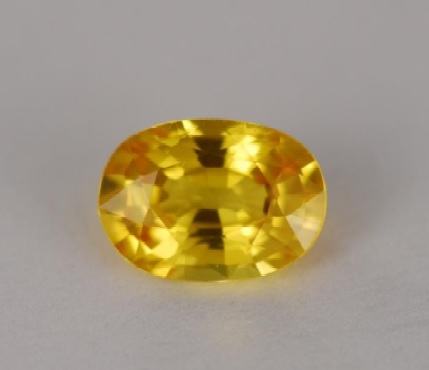 This Gemstone Comes in Various Shades of Yellow
This Gemstone Comes in Various Shades of Yellow

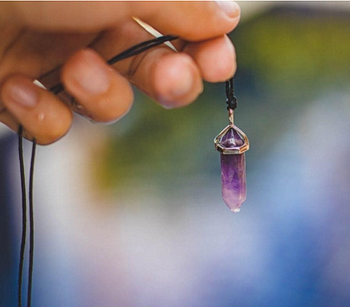

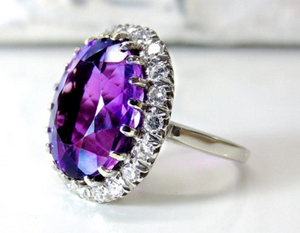 In case you didn’t know it already, the stunning ruby stone is just as precious as a blinding diamond. Diamonds are considered desirable because they are widely known as the most precious gem in the world, but that’s not true. That said, of course, diamonds are as classy as they come, but other precious stones are no less elegant.
In case you didn’t know it already, the stunning ruby stone is just as precious as a blinding diamond. Diamonds are considered desirable because they are widely known as the most precious gem in the world, but that’s not true. That said, of course, diamonds are as classy as they come, but other precious stones are no less elegant.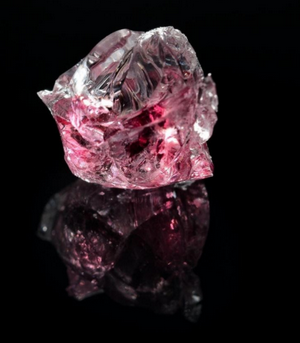 Rubies are not expensive without reason! They cost so much because they are unbelievably rare and super long-lasting. A genuine ruby stone is durable enough to last a lifetime. And that is why it’s a wise choice for an engagement ring because it will show your willingness to have a lifelong relationship.
Rubies are not expensive without reason! They cost so much because they are unbelievably rare and super long-lasting. A genuine ruby stone is durable enough to last a lifetime. And that is why it’s a wise choice for an engagement ring because it will show your willingness to have a lifelong relationship.